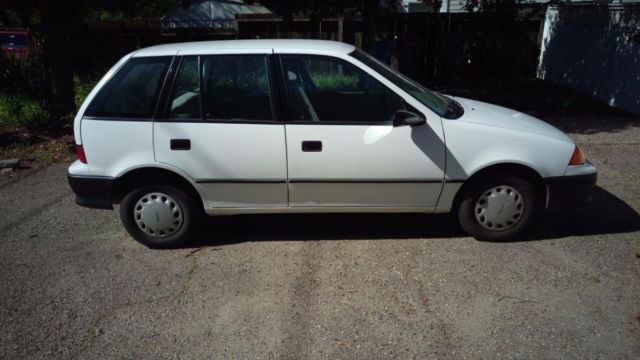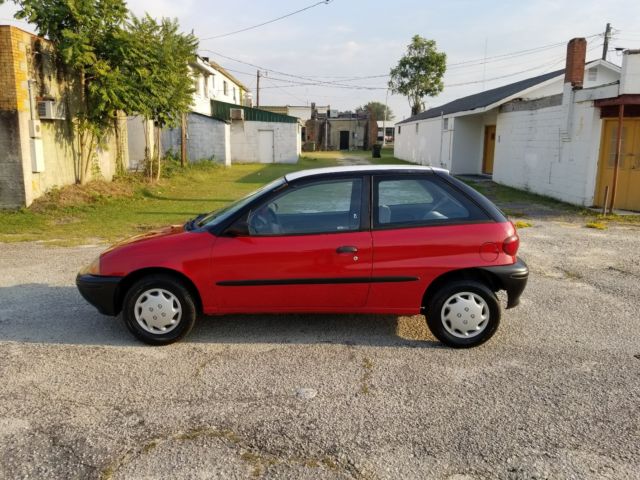
There’s a large number out there to pick from, so we’ll sample a few. The Metro developed a cult, just like the Prius, for those looking to squeeze the most out of a gallon of gasoline. But of course, that’s just the jumping off point. In real-world driving, achieving 50 mpg is supposedly pretty easy. Which places it (and its immediate predecessor Sprint ER) right behind the gen1 Honda Insight (49/61/53) and the gen3 Prius (51/48/50) in the list of all-time most fuel efficient cars ever sold in the US. Well, those were the bad, old, unadjusted numbers the revised ones are 43/52, with a combined 47 mpg. The results were eye-popping EPA numbers of 53 city/58 hwy. Or should I say a bit less, as the second compression ring on the pistons was deleted for reduced friction. But to really ace the EPA numbers, something a bit extra was cooked up with the XFi. Needless to say, the regular Metro was thrifty with fuel from the get-go. Suzuki’s first big direct entry in NA production was not well timed, as oil prices had been dropping all through the 80s, and except for a brief spike during the Gulf War, resumed their long decline in the 90s. Well, Japanese designed, as the Metro was actually built at CAMI, a 50-50 Joint Venture in Ingersoll, Ontario, Canada. The second generation version arrived in 1989, and had a number of changes, perhaps the most significant ones being the name, as it was now to be sold under Chevy’s Geo sub-brand, for Japanese cars. The Geo Metro was the All-American version of Suzuki’s Cultus, which first arrived in the US in 1985 as the Chevrolet Sprint.(above). It’s always a good exercise to be a contrarian, so let’s celebrate the current moderate fuel prices with the thriftiest little car sold here during its reign.

And then the Prius took its place as the mileage champ. The Metro XFi surfed the tide and ebb of oil prices from day one, which explains its demise in the oil glut of the mid-90s. Would this one even fetch $720 today? Well, if its owners think oil prices are cyclical, they’ll stash it away until the next price spike, which admittedly might be a bit of a wait.

( first posted ) There’s nothing like stable or slightly declining fuel prices to induce Metro-amnesia, like the now-forgotten fact that someone bid up the price of a sixteen-year-old 1992 Metro XFi on an Ebay auction to an eye-popping $7,200 back in 2008.


 0 kommentar(er)
0 kommentar(er)
